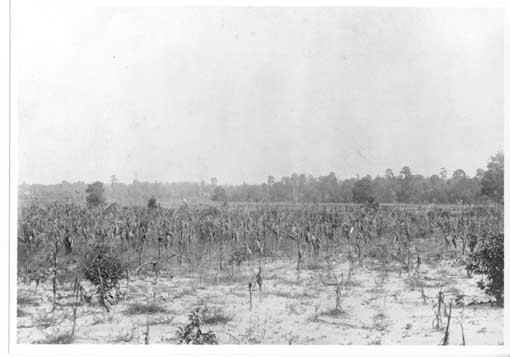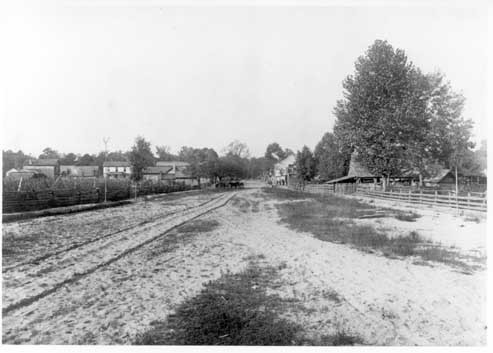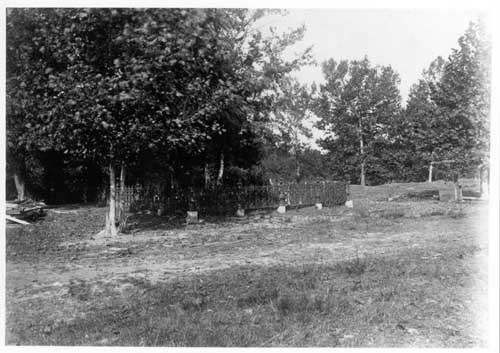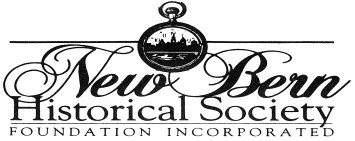Craven County Digital History Exhibit
[White Hall Visit]
IN January, 1884, Colonel C.G. Attwood,
formerly of the Twenty-fifth Massachusetts, issued a circular inviting all who
had served in North Carolina to join a party on a trip to the old North State.
Like many others, I had always intended to revisit the places connected with the
history of the Forty-fourth, and at this time the first opportunity was
presented. Comrade Charles J. McIntire, of Company G, and I decided to join; but
when we called on Colonel Attwood we were informed that owing to various causes
the proposed expedition had been abandoned. We had talked about the trip so much
that it was a great disappointment, and as it would be very inconvenient for us
to be away in March,--the time named in Colonel Attwood's circular,--we decided
to wait until the fall and go, with or without others. In August, after
consulting with Colonel Attwood, eight hundred circulars were issued in his
name, reviving the project suggested the January previous. A few favorable
answers were received, but an equal number of resignations followed, and the
party was finally composed of McIntire and myself.
I left home Tuesday evening, Sept. 30,
1884, with feelings hard to describe. It seemed almost as though I was again
"going to war." The old barracks, the river, camps, troops, drilling, and [p.
224] various scenes of a wholly warlike nature were in my mind. I could not
picture New Berne without plenty of soldiers moving about, the old forts
bristling with cannon, war vessels in the river. I could hardly realize that I
was to travel about without a "pass," unmolested, in covered railway cars, or
ride over the country roads instead of marching. However, I was on my way to the
never-to-be-forgotten places, and must expect great changes.
For many years I had had a strong desire to visit Gettysburg. I started a little in advance of Comrade McIntire, whom I was to join at Baltimore. Having had quite an experience in photography (as an amateur), I decided to take my camera and a supply of dry plates, so as to secure views of the most interesting points; and in this sketch of the trip the number enclosed in parentheses following the mention of any place indicates that I succeeded in getting a picture of that locality, and is the number of the negative.
Space will not permit giving an account
of the Gettysburg visit. It will be sufficient to say that I made some most
pleasant acquaintances, who were engaged in and thoroughly familiar with the
action of the battle, and I felt well repaid for the time spent.
On Friday morning, October 3, I boarded
the south-bound train at Baltimore, where I joined McIntire. Passing through
Washington, Fredericksburg, Petersburg, and Weldon, we reached Goldsboro' at
7.30 P. M. Selecting the nearest hotel, we told the landlord the object of our
visit, expressing a desire to meet some of our late opponents. He soon found
some, with whom we passed a very pleasant evening.
Having arranged to send our baggage to New Berne by train, on Saturday morning we took a carriage and drove to the Goldsboro' battlefield. To our surprise it was nearly five miles from the village. As we approached. the field (568 [Note: This is the photograph number used by Reed]) by a different road from the one we had followed twenty-two years before, it was difficult to locate the various points. The railroad bridge was unmistakable; but we at last concluded that the trees had grown so that now we could not see the bridge from the memorable turnip-field in which we had rested Dec. 17, 1862. Time [p. 225] was precious; as one view of the field was sufficient, we were soon in motion for Whitehall.
Our driver professed to know the route, but by noon he acknowledged he had not been over it for many years and had lost his way. We were disappointed, as we had hoped to ride over the same road that we marched over in 1862. Stopping at a farm-house for directions, the woman replied in the familiar North Carolina phraseology, "It 's a right smart distance further this way, but I've heared my husband say this road is a heap better than the other;" and so we kept on. About 2 P.M. we turned into the main street (574) of Whitehall, [Note that the following was originally included as a footnote: The map shows Whitehall Bridge. The village of Seven Springs, formerly Whitehall, or, as maps say, "Jericho," is on the south bank of the river.] at the point where Newcomb and Slocum, of Company A, were killed, Dec. 16, 1862.
Driving immediately to the Seawell
House and ordering luncheon, we proceeded to view the position occupied by the
Forty-fourth at the time of the action. Fortunately we found a Mr. Whitfield,
who owned most of the land about there and was a resident of the place during
the war. We found the little buriallot (570) on the river-bank near Company G's
position.
Previous Page: North Carolina Revisited
Next Page: White Hall Visit, continued
/digital2/reed/images/ scanned and text prepared by Victor T. Jones, Jr.
This page last edited on 21 Aug 18.






